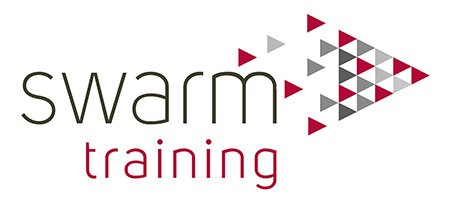
Business Improvement Technician Apprenticeship
Level: 3 / Duration: 15-18 mths
Assessment
The EPA assessment period will last around 2 months| A portfolio of evidence of their best work |
| Multiple choice examination – to assess knowledge elements of the standard |
| Project report to explain how they applied their knowledge, skills and behaviours in a project which they have been working on during the course of their apprenticeship programme accompanied by an A3 Thinking project dashboard and a presentation followed by a Q&A |
| Meet with the independent assessor to have a Professional Discussion underpinned by their portfolio of evidence |
The training will enable your apprentice to:
- Engage team members in the identification of improvement opportunities and relevant countermeasures and controls
- Initiate and facilitate improvement activities through to confirmed resolution
- Use recognised improvement and project management techniques, utilising six sigma tools and structured approach.
- Help embed best practice improvement techniques, methodologies and structure within the team
- Provide local expertise in business improvement methods
Knowledge, Skills and Behaviours
We can provide you with a full list of the Knowledge, Skills and Behaviours which your apprentice will be taught and assessed on but as an overview, your apprentice will learn the following:
-
Compliance: Legislative and customer compliance requirements including environment and health and safety
Team formation & leadership: Improvement team roles and responsibilities in a change environment
Self-development: Different sources for knowledge development
-
Project management: Project charter, Gantt chart, reporting documentation, Red Amber Green (RAG) status, communication (verbal and non-verbal channels) and implementation plans
Change management: Roles of the manager and leader within change. Influencing, reinforcement and coaching principles
Project selection & scope: Selection matrix, scoping tree
-
Principles & methods: Six Sigma principles per ISO13053 (International Organisation for Standardisation), interim containment actions, Lean principles
Problem definition: planning, problem and goal statements
Lean tools: Apply techniques such as identification and removal of 8 wastes, 5S (Sort, Shine, Set, Standardise, Sustain), standard work, kaizen, visual displays and controls, error maintenance
Process mapping & analysis: Supplier Input Process Output Customer (SIPOC), process mapping, value and waste analysis, performance metrics - discrete data
-
Data acquisition for analysis: Data stratification, sampling theory, data types, variation types and sources, data collection tools, operational definition and principles of measurement error
Voice of the customer: Apply techniques to identify customers, their requirements and translate these to metrics
Basic statistics & measures: Control charts - discrete data
Process capability & performance: Capability analysis - continuous data
Root cause analysis: Histograms
Experimentation: Active analysis versus one factor at a time, Plan Do Check Act
-
Benchmarking: Recognise the value of sharing best practice
Sustainability & control: Create control and reaction plans with detection measures, identify opportunities to embed changes to leverage benefit to the business.
-
Drive for results: Clear commitment for identifying opportunities and delivering improvements, pays attention to detail
Team-working: Helps when asked, works effectively in a diverse team, considers impact of own actions on others, motivates peers
Professionalism: Acts in a moral, legal and socially appropriate manner, aligns behaviours to the organisations values, trusted to working on own when appropriate
Continuous development: Acts upon feedback, reflects on performance and has a desire for learning
Safe working: Ensures safety of self and others, challenges safety
OR
complete the form below
